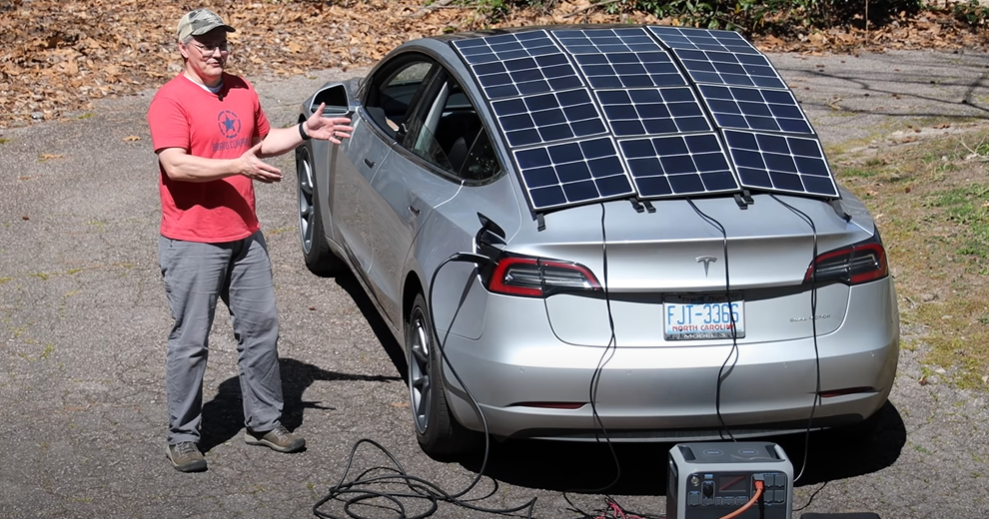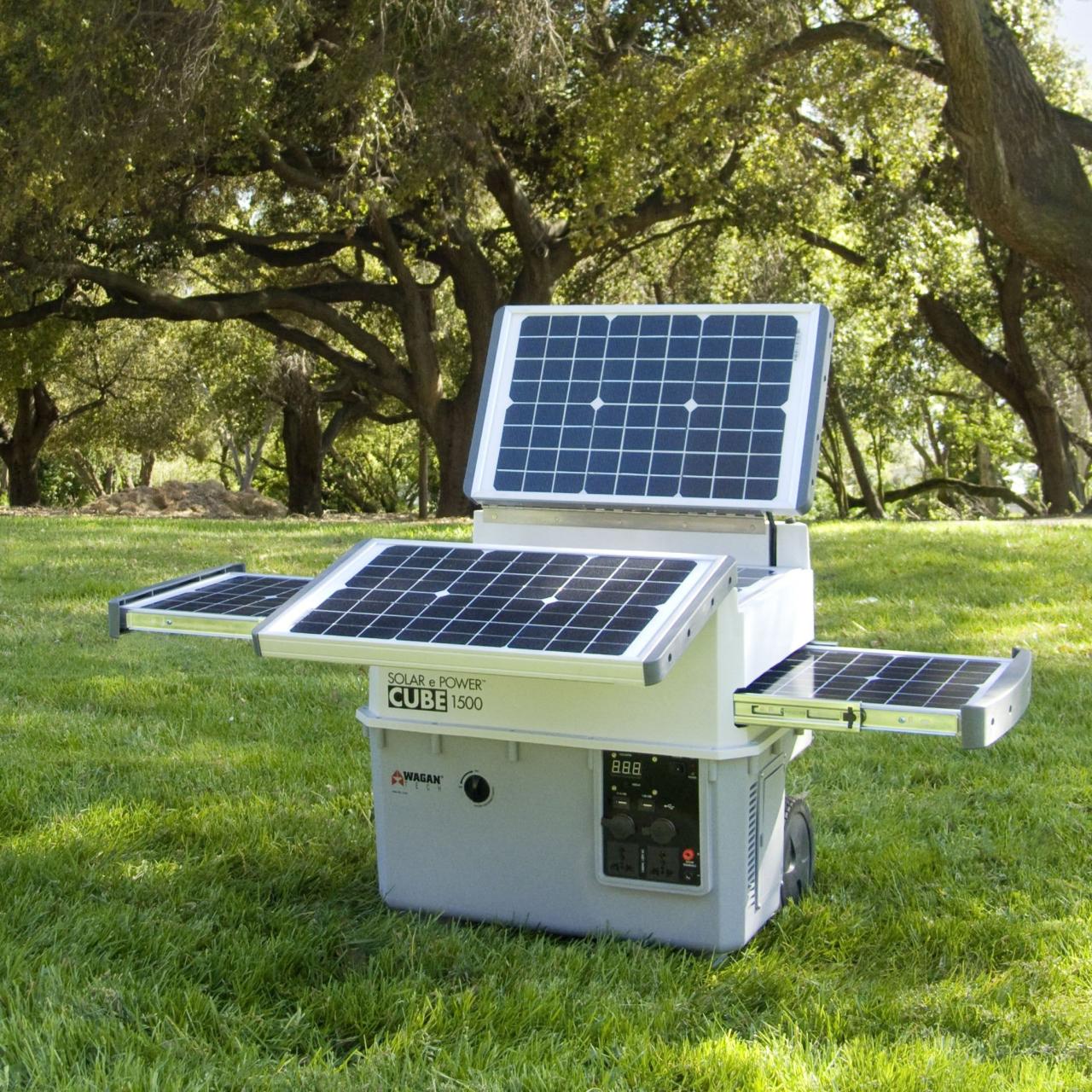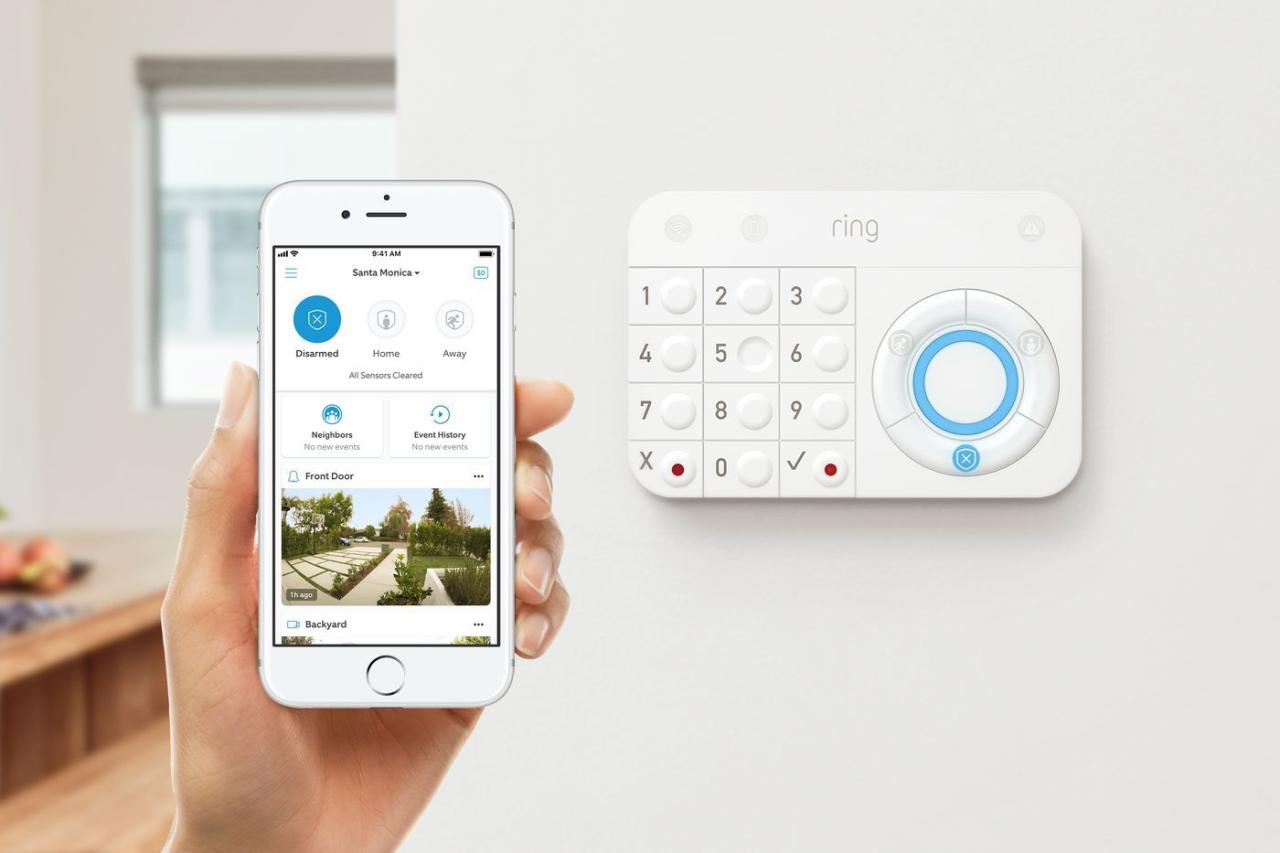The Unplugged Revolution and Our Power Needs
In our increasingly digital world, the ability to stay connected, productive, and entertained hinges almost entirely on one crucial factor: power. From the smartphones in our pockets that serve as our primary communication and information hubs, to tablets, laptops, smartwatches, and a myriad of other gadgets, our reliance on electronic devices has never been greater. Yet, the inherent limitation of these devices lies in their finite battery life, often falling short of our daily demands, especially when we’re away from a wall outlet. This challenge has fueled a massive surge in the demand for portable power solutions. No longer a luxury, these devices have become essential tools for modern living, ensuring uninterrupted connectivity and functionality wherever we go. This comprehensive article delves deep into the fascinating world of portable power, exploring the diverse range of solutions available, the underlying technologies that make them work, their myriad applications, and the vital role they play in our hyper-connected society. We’ll also cast an eye towards future innovations that promise to further liberate us from the confines of power outlets.
Understanding the Essentials: What is Portable Power?
At its core, portable power refers to any device or system designed to provide electrical energy to electronic gadgets when traditional wall outlets are inaccessible. This encompasses a broad spectrum of products, each tailored to different needs, capacities, and charging methods. The fundamental principle behind most portable power solutions involves storing energy in a battery and then converting it into a usable form for charging other devices.
A. The Heart of the Matter: Battery Technologies
The performance and efficiency of any portable power device are primarily dictated by the type of battery technology it employs. While various chemistries exist, lithium-ion (Li-ion) and its variants dominate the portable power landscape due to their superior energy density and relatively low self-discharge rates.
- Lithium-Ion (Li-ion) Batteries: These are the workhorses of modern portable electronics. They offer an excellent balance of energy density (how much energy can be stored per unit of volume or weight), cycle life (how many charge/discharge cycles they can endure), and efficiency. Li-ion batteries power everything from your smartphone to high-capacity power banks and portable power stations. They work by moving lithium ions between the anode and cathode during charge and discharge cycles.
- Lithium Polymer (Li-Po) Batteries: A variant of Li-ion, Li-Po batteries use a polymer electrolyte instead of a liquid one, allowing for more flexible packaging, often in thin, pouch-like forms. They are commonly found in slimmer power banks and devices where space is at a premium. While generally similar in performance to standard Li-ion, they can sometimes offer higher discharge rates and are less prone to electrolyte leakage.
- Solid-State Batteries: Currently an emerging technology, solid-state batteries replace the liquid electrolyte with a solid material. This promises even higher energy density, faster charging, enhanced safety (reduced risk of fire), and potentially longer lifespans. While not yet mainstream in consumer portable power, they represent the next significant leap in battery technology.
B. Power Output and Capacity: Understanding the Numbers
When choosing a portable power solution, two key specifications are paramount: capacity and output.
- Capacity (mAh or Wh): This measures how much energy the power bank can store.
- Milliampere-hours (mAh): Commonly used for smaller devices like power banks. A higher mAh rating means more stored energy. For example, a 10,000 mAh power bank can theoretically charge a 3,000 mAh smartphone battery roughly 2-3 times (accounting for energy conversion losses).
- Watt-hours (Wh): Often used for larger portable power stations, which can power higher-wattage devices like laptops or even small appliances. To convert mAh to Wh, you multiply mAh by the battery’s voltage (typically 3.7V for smartphones/power banks) and divide by 1000. For instance, 10,000 mAh at 3.7V is 37 Wh. Wh provides a more accurate measure of total energy content, especially when comparing devices with different voltages.
- Power Output (Watts, Amps, Volts): This indicates how much power the portable charger can deliver to your devices.
- Volts (V): Represents electrical potential difference. Different devices require different voltages to charge efficiently.
- Amps (A): Measures the current (flow of electricity). Higher amperage generally means faster charging.
- Watts (W): The product of Volts x Amps (P = V * I). This is the most straightforward indicator of charging speed. A 10W charger is slower than a 45W charger. Modern fast-charging standards (like USB Power Delivery) often deliver higher wattages.
- USB Power Delivery (USB-PD): This is a universal fast-charging standard that allows for higher power delivery (up to 100W, and even 240W in the latest specifications) over USB-C cables. It’s intelligent, negotiating the optimal voltage and current between the charger and the device for efficient and safe charging.
- Qualcomm Quick Charge (QC): Another widely adopted fast-charging standard, primarily found in Android devices, that allows for faster charging over standard USB-A or USB-C ports.
The Spectrum of Portable Power Solutions: From Pocket to Backpack
The market offers a diverse range of portable power devices, each catering to specific use cases and power demands.
A. Power Banks (Portable Chargers): The Everyday Essential
Power banks are the most common and widely used portable power solution, designed for charging smaller personal electronics.
- Compact Power Banks (2,500 – 10,000 mAh): These are pocket-sized, lightweight, and ideal for topping up a smartphone once or twice. They are perfect for daily commutes, short outings, or as a backup for emergencies.
- Mid-Capacity Power Banks (10,000 – 20,000 mAh): A popular sweet spot, offering enough power to charge most smartphones 2-5 times or a tablet once. They strike a good balance between capacity and portability, suitable for weekend trips or long flights.
- High-Capacity Power Banks (20,000 mAh+): These large power banks can fully charge multiple devices, including some laptops (especially those that charge via USB-C PD), several times over. While heavier, they are invaluable for extended travel, camping, or when away from power for prolonged periods.
- Features: Many power banks now include multiple USB ports (USB-A and USB-C), fast-charging capabilities (USB-PD, Quick Charge), and sometimes even built-in cables or wireless charging pads.
B. Portable Power Stations: The Heavy-Duty Solution
Portable power stations are larger, more powerful devices designed to provide electricity for a wider range of electronics, from laptops and cameras to small appliances and medical equipment. They are essentially large, rechargeable batteries housed in robust enclosures, often with multiple output ports.
- AC Outlets: A key differentiator is the inclusion of standard AC (alternating current) wall outlets, allowing you to plug in devices just as you would at home. This is essential for laptops, camera battery chargers, small fans, or even CPAP machines during power outages or off-grid adventures.
- DC Outlets: They also typically feature various DC (direct current) outputs, including USB-A, USB-C (often with high-wattage USB-PD), and 12V car ports.
- Capacity: Ranging from hundreds of Watt-hours (Wh) to several thousand Wh, these stations can power devices for hours or even days.
- Recharging Methods: Most can be recharged via a wall outlet, car charger, and importantly, solar panels, making them ideal for off-grid living, camping, or emergency preparedness.
- Applications: Essential for camping, RV trips, outdoor events, emergency backup power during outages, and remote work scenarios.
C. Solar Chargers and Panels: Harnessing the Sun
Solar chargers and panels offer an eco-friendly and sustainable way to generate power on the go, utilizing the sun’s energy to replenish batteries.
- Portable Solar Panels: These are foldable or rigid panels that convert sunlight into electricity. They are designed to directly charge power banks, smartphones, or even portable power stations. Their efficiency depends on sunlight intensity and panel size.
- Solar Power Banks: Some power banks have small integrated solar panels. While convenient for trickle charging or maintaining a charge, these small panels are generally too slow to fully charge the power bank rapidly; they are best for emergency top-ups or when no other power source is available over a very long period.
- Hybrid Solutions: The most effective solar power setup usually involves a dedicated portable solar panel connected to a high-capacity power bank or portable power station. This allows for efficient energy harvesting during sunny periods, which is then stored for use whenever needed, including after dark.
D. Car Chargers and Inverters: Power on the Road
Vehicles can be excellent sources of power, and specialized accessories leverage this for charging devices.
- USB Car Chargers: These plug into the car’s 12V cigarette lighter outlet and provide USB-A and/or USB-C ports for charging smartphones, tablets, and other small devices. Many now support fast-charging standards.
- Car Power Inverters: These devices convert the car’s 12V DC power into 120V (or 230V) AC power, allowing you to plug in standard wall chargers for laptops, small appliances, or power tool batteries. They come in various wattages, from small ones for laptops to larger ones for running multiple devices.
E. Specialized Portable Chargers: Beyond the Norm
The innovation in portable power extends to more niche and specialized solutions.
- Hand-Crank and Dynamo Chargers: These generate electricity manually, often used in emergency kits where no other power source is available. While slow, they can provide enough power for a critical call or message.
- Battery Cases: These smartphone cases have an integrated battery, providing extra power without needing an external cable. They offer continuous charging and protection but add bulk and weight.
- Fuel Cell Chargers: A less common but highly energy-dense option, fuel cell chargers (e.g., hydrogen-based) can provide significant power in a very compact form factor, ideal for extreme expeditions where resupply is impossible.
- Kinetic Chargers: Devices that harvest energy from movement, like walking or running, though their output is generally very low and better suited for very small devices or maintaining a charge.
Where Portable Power Becomes Indispensable
Portable power solutions have integrated into nearly every facet of our lives, transforming how we work, travel, and engage with the world.
A. Everyday Commute and Travel
For daily commuters, students, and frequent travelers, portable power ensures that smartphones and other essential devices remain powered throughout the day, preventing “low battery anxiety.”
- Commuting: Charging phones, smartwatches, and wireless earbuds on trains, buses, or in taxis.
- Flights: Keeping entertainment devices and productivity tools alive during long flights where power outlets might be scarce or non-existent.
- Road Trips: Ensuring all passengers’ devices stay charged for navigation, entertainment, and communication, often utilizing car chargers or portable power stations.
B. Outdoor Adventures and Camping
Portable power is a game-changer for outdoor enthusiasts, enabling comfort and safety in remote locations.
- Camping: Powering lights, portable fans, air pumps for inflatable mattresses, and charging phones for navigation or emergencies.
- Hiking and Backpacking: Lightweight power banks and small solar panels keep GPS devices, headlamps, and communication tools operational.
- Photography and Videography: Charging camera batteries, drones, and professional lighting equipment in the field.
C. Emergency Preparedness and Power Outages
In times of natural disasters or unexpected power outages, portable power becomes a lifeline, maintaining essential communications and lighting.
- Home Backup: Portable power stations can keep crucial appliances like refrigerators (for short periods), medical devices (e.g., CPAP machines), or internet routers running during blackouts.
- Communication: Ensuring cell phones remain charged to contact loved ones or emergency services.
- Lighting: Powering LED lights for safety and comfort when the grid is down.
D. Remote Work and Digital Nomads
The rise of remote work has made portable power essential for maintaining productivity outside of traditional office environments.
- Coffee Shops and Co-working Spaces: Ensuring laptops and tablets stay charged when outlets are occupied or unavailable.
- Travel for Work: Maintaining full functionality of all devices while on the move, from international business trips to working from a cabin in the woods.
- Field Work: Powering specialized equipment like data collection devices, measurement tools, or cameras in locations without stable power infrastructure.
E. Events and Social Gatherings
From music festivals and outdoor concerts to sporting events and family picnics, portable power keeps everyone connected and sharing experiences.
- Concerts and Festivals: Keeping phones charged for photos, videos, and coordinating with friends in crowded venues.
- Tailgating: Powering portable speakers, small grills, or entertainment systems.
- Outdoor Parties: Ensuring music players and ambient lighting remain powered for the duration of the event.
Choosing the Right Portable Power Solution: A Practical Guide
Selecting the ideal portable power solution requires considering several factors tailored to your individual needs and usage patterns.
A. Identify Your Devices and Their Power Requirements
- List all devices: What exactly do you need to charge (smartphone, tablet, laptop, smartwatch, earbuds, camera, drone, medical device, small appliance)?
- Check power input: Look at the input specifications (Volts, Amps, Watts) of your devices’ chargers. Laptops often require higher wattage (e.g., 45W, 60W, 100W via USB-C PD) than smartphones.
- Battery capacity: Note the battery capacity (mAh) of your primary devices to estimate how many charges you’ll need.
B. Determine Your Usage Scenario
- Daily use/Commuting: Compact 5,000-10,000 mAh power bank.
- Weekend trips/Camping (light): 10,000-20,000 mAh power bank, possibly with a small foldable solar panel.
- Extended travel/Camping (heavy)/Emergency backup: 20,000 mAh+ power bank or a portable power station (100Wh+), often paired with larger solar panels.
- Remote work: High-capacity power bank with USB-PD for laptops, or a small portable power station.
C. Consider Features and Connectivity
- Number of Ports: How many devices do you need to charge simultaneously?
- Port Types: Do you need USB-A, USB-C, or AC outlets? Ensure the USB-C ports support USB-PD if you plan to charge laptops or fast-charge modern smartphones.
- Fast Charging: If speed is crucial, look for support for USB-PD, Quick Charge, or other proprietary fast-charging standards.
- Wireless Charging: Convenient for compatible devices.
- Solar Input: If off-grid charging is important, ensure the device has a dedicated solar input port and that you have a compatible solar panel.
- Durability and Portability: For outdoor use, consider rugged, water-resistant designs. For everyday carry, prioritize lightweight and slim form factors.
D. Budget and Brand Reputation
- Set a Budget: Portable power solutions range widely in price, from under $20 for small power banks to thousands for high-capacity portable power stations.
- Research Brands: Stick to reputable brands known for safety, reliability, and good customer support. Look for safety certifications (e.g., CE, RoHS, FCC). Avoid no-name brands that may use substandard components.
- Read Reviews: Check independent reviews and user feedback to gauge real-world performance and reliability.
The Future of Portable Power: Beyond Today’s Limitations
The trajectory of portable power innovation is exciting, driven by advancements in battery technology, energy harvesting, and smart management systems.
A. Ultra-Dense Battery Chemistry
The ongoing research into solid-state batteries, lithium-sulfur, and other next-generation chemistries promises significantly higher energy densities. This means smaller, lighter power banks and power stations that can store dramatically more energy, extending device runtimes even further. We could see phones lasting days on a single charge, and power banks becoming virtually invisible.
B. Faster and More Universal Charging Standards
The push towards higher wattage USB-PD (e.g., USB-PD 3.1 supporting up to 240W) means a single portable power solution could rapidly charge almost any device, from a smartphone to high-performance laptops and even small EVs. This will reduce the need for multiple proprietary chargers.
C. Advanced Energy Harvesting
Beyond traditional solar, research is ongoing into harvesting energy from various ambient sources:
- Kinetic Energy: More efficient devices that convert human motion, vibrations, or even walking into usable electricity.
- Thermal Energy: Devices that capture waste heat (e.g., from body heat or ambient temperature differences) and convert it into electrical power.
- Radio Frequency (RF) Energy: While low power, harvesting energy from Wi-Fi signals or other ambient RF sources could enable passive charging for very low-power IoT devices.
D. Smart Power Management and AI Integration
Future portable power devices will be even smarter, utilizing AI and machine learning to:
- Predictive Charging: Learn user habits and optimize charging cycles to extend battery lifespan.
- Intelligent Power Distribution: Dynamically allocate power to connected devices based on their needs and priority.
- Self-Healing Batteries: Research into battery designs that can mitigate degradation or even repair minor damage could lead to significantly longer-lasting portable power solutions.
- Grid Integration: Larger portable power stations could potentially integrate with smart grids, acting as distributed energy storage resources that can charge during off-peak hours and even feed power back into the grid if needed.
E. Integrated and Invisible Power Solutions
The ultimate goal is for power to be ubiquitous and unobtrusive. This might involve:
- Everyday Objects as Chargers: Furniture, bags, or even clothing could incorporate charging coils or flexible solar cells.
- Wireless Power Over Distance: While still largely conceptual for consumer devices, technologies that can transmit power wirelessly over significant distances could eliminate the need for physical contact with chargers.
- Modular and Customizable Systems: Users could easily snap together different battery modules, solar panels, and output interfaces to create highly customized power solutions for any given situation.
Conclusion
Portable power solutions have become an indispensable part of modern living, bridging the gap between our ever-increasing reliance on electronic devices and the limitations of their internal batteries. From the compact power bank that saves our smartphone from dying during a crucial moment, to the robust power station that enables off-grid adventures and provides vital backup during emergencies, these innovations empower us to stay connected, productive, and safe in an increasingly mobile world.
The continuous advancements in battery technology, charging standards, and energy harvesting are rapidly pushing the boundaries of what’s possible. As we look to the future, we can anticipate even more efficient, compact, and intelligent portable power solutions that will seamlessly integrate into our lives, making the anxiety of a low battery a relic of the past. The unplugged revolution is here to stay, and portable power is its driving force, ensuring that our digital lives remain vibrant and uninterrupted, no matter where our adventures take us.















